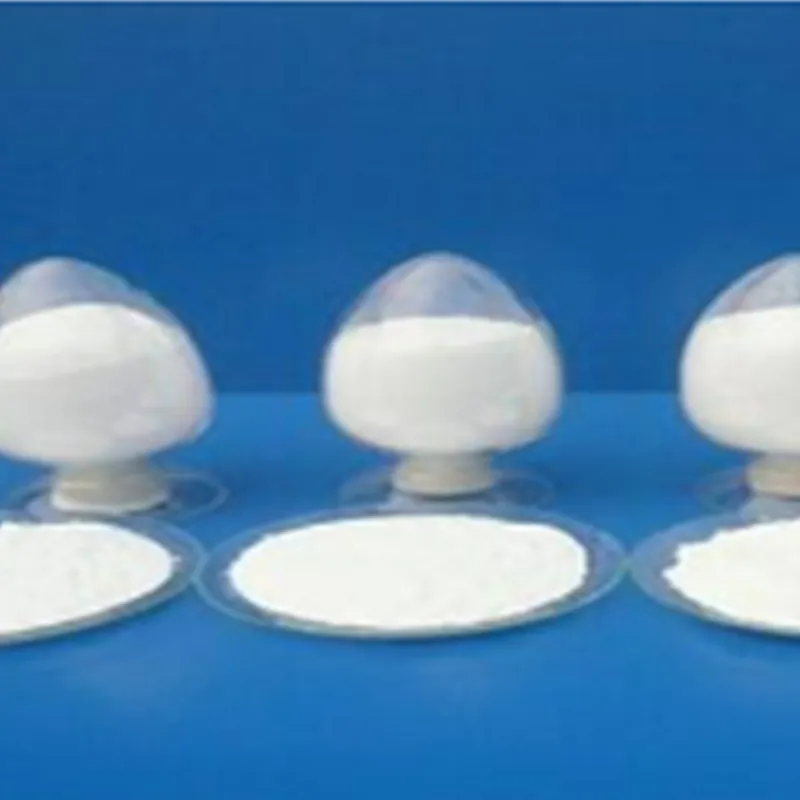
pet food additives
Understanding Pet Food Additives What You Need to Know
Pet food additives are substances added to pet foods to enhance their nutritional value, preserve freshness, and improve overall palatability. While many of these additives are beneficial, understanding their purpose and potential effects on pet health is essential for pet owners looking to provide the best diet for their furry companions.
Types of Additives
Additives can be broadly categorized into several types
1. Nutritional Additives These include vitamins, minerals, and amino acids essential for your pet's health. For instance, taurine is a vital amino acid for cats that is often added to their food to support heart health. Similarly, vitamins A, D, and E are common additives that promote overall well-being.
2. Preservatives To prevent spoilage and extend shelf life, preservatives are added to pet foods. These can be natural, such as tocopherols (vitamin E), or synthetic, like BHA and BHT. While some pet owners prefer foods with natural preservatives, synthetic options are often considered safe in regulated amounts.
3. Flavor Enhancers To make pet food more appealing, especially to picky eaters, flavor enhancers are used. These can range from natural flavors derived from meat or fish to artificial flavors. It’s important to ensure that flavor enhancers do not contain harmful substances or allergens.
4. Coloring Agents Although not necessary for a pet's diet, some manufacturers use coloring agents to enhance the visual appeal of the food. Natural coloring agents, such as beet powder, are generally safe, while synthetic colors may raise concerns among conscientious pet owners.
pet food additives

Regulation and Safety
When it comes to pet food additives, safety is paramount
. In the United States, the Food and Drug Administration (FDA) regulates pet food ingredients and ensures that they are safe for consumption. Additionally, the Association of American Feed Control Officials (AAFCO) sets guidelines regarding the labeling and nutritional adequacy of pet food products.Despite these regulations, it’s crucial for pet owners to read labels carefully. Ingredients are listed in order of quantity, so the first few items are what the product contains the most. Look for recognizable and natural ingredients whenever possible.
Potential Concerns
Although many additives are safe, some pets may have sensitivities or allergies to specific ingredients. It’s essential to monitor your pet for any adverse reactions when introducing a new food. Consulting with a veterinarian can help in selecting the right food and determining if certain additives might be problematic for your pet.
Conclusion
In summary, pet food additives serve various functions that can benefit your pet’s diet when chosen carefully. Understanding the types of additives, their purposes, and safety regulations will empower pet owners to make informed decisions. Always prioritize quality ingredients and consult with your veterinarian to ensure that your pet receives the best possible nutrition tailored to their unique needs. By being proactive about pet food choices, you can contribute to your companion's long-term health and happiness.
-
Pure Sodium Dichloroisocyanurate Dihydrate | Powerful DisinfectantNewsAug.29,2025
-
Industrial Chemicals: Quality & Purity for Every IndustryNewsAug.28,2025
-
Nitrile Rubber Honoring Strict Production StandardsNewsAug.22,2025
-
Aspartame Ingredients Honoring Food Safety ValuesNewsAug.22,2025
-
Fertilizer for Balanced Plant NutritionNewsAug.22,2025
-
Cyanide Gold Processing with High Purity AdditivesNewsAug.22,2025
-
Formic Acid in Textile Dyeing ApplicationsNewsAug.22,2025
Hebei Tenger Chemical Technology Co., Ltd. focuses on the chemical industry and is committed to the export service of chemical raw materials.
-

view more DiethanolisopropanolamineIn the ever-growing field of chemical solutions, diethanolisopropanolamine (DEIPA) stands out as a versatile and important compound. Due to its unique chemical structure and properties, DEIPA is of interest to various industries including construction, personal care, and agriculture. -

view more TriisopropanolamineTriisopropanolamine (TIPA) alkanol amine substance, is a kind of alcohol amine compound with amino and alcohol hydroxyl, and because of its molecules contains both amino and hydroxyl. -

view more Tetramethyl Thiuram DisulfideTetramethyl thiuram disulfide, also known as TMTD, is a white to light-yellow powder with a distinct sulfur-like odor. It is soluble in organic solvents such as benzene, acetone, and ethyl acetate, making it highly versatile for use in different formulations. TMTD is known for its excellent vulcanization acceleration properties, which makes it a key ingredient in the production of rubber products. Additionally, it acts as an effective fungicide and bactericide, making it valuable in agricultural applications. Its high purity and stability ensure consistent performance, making it a preferred choice for manufacturers across various industries.





